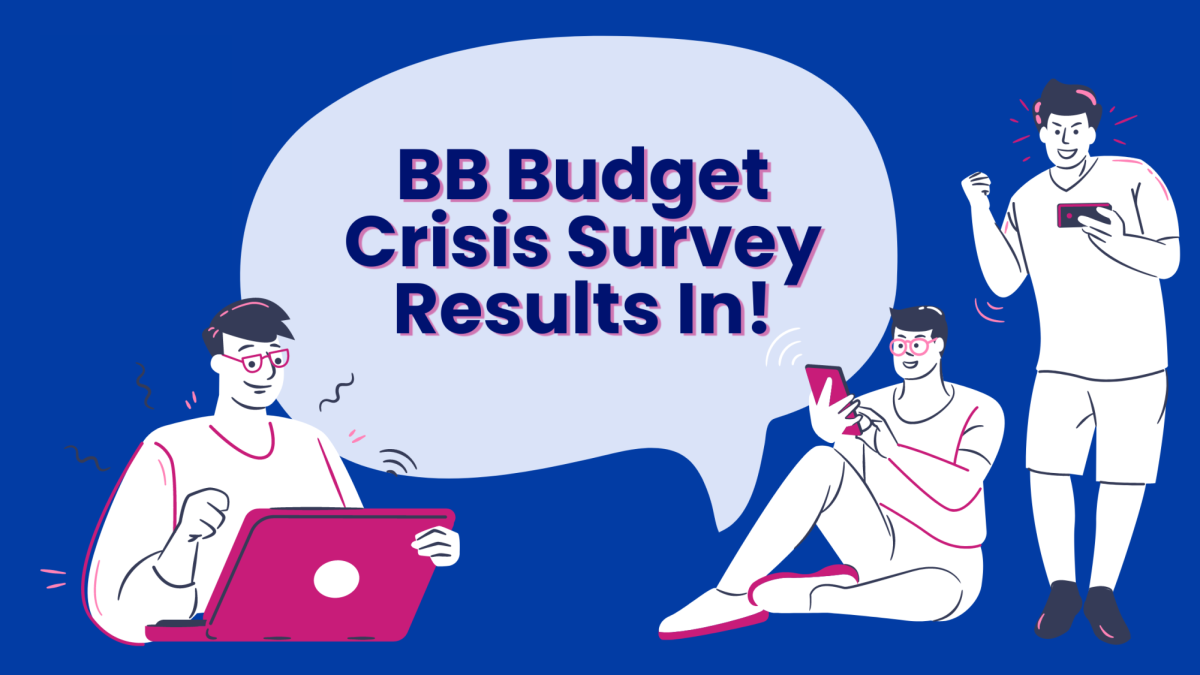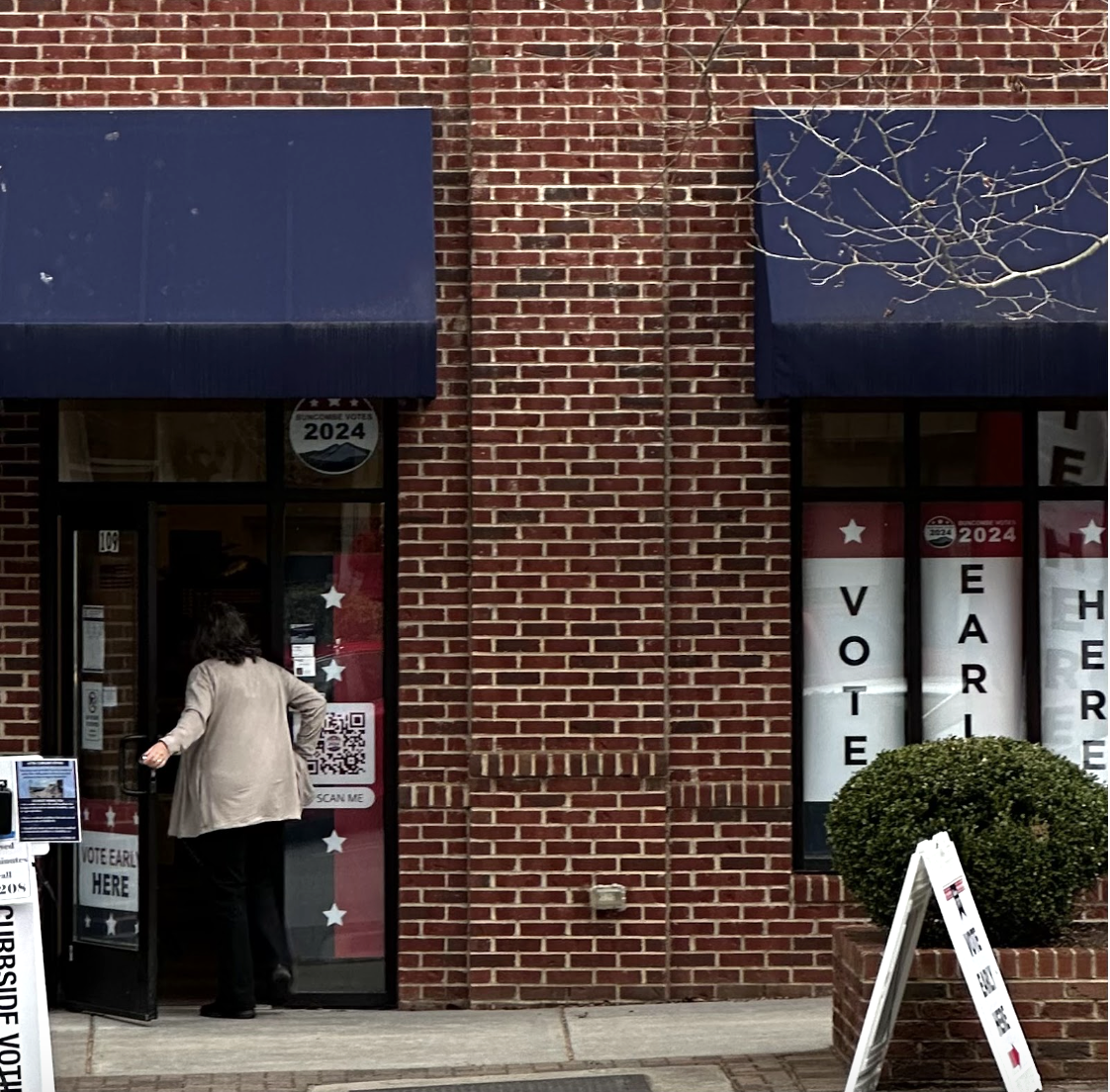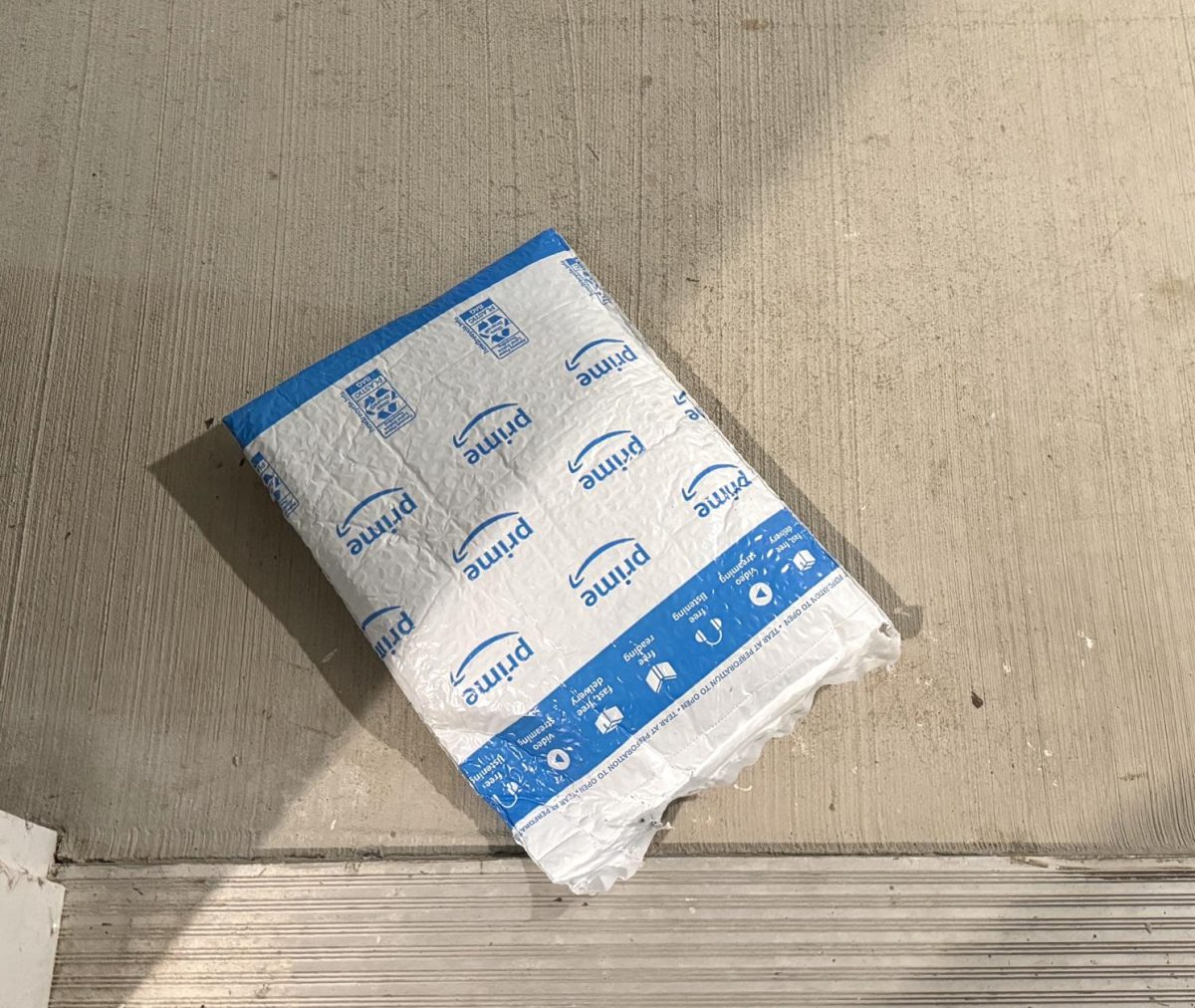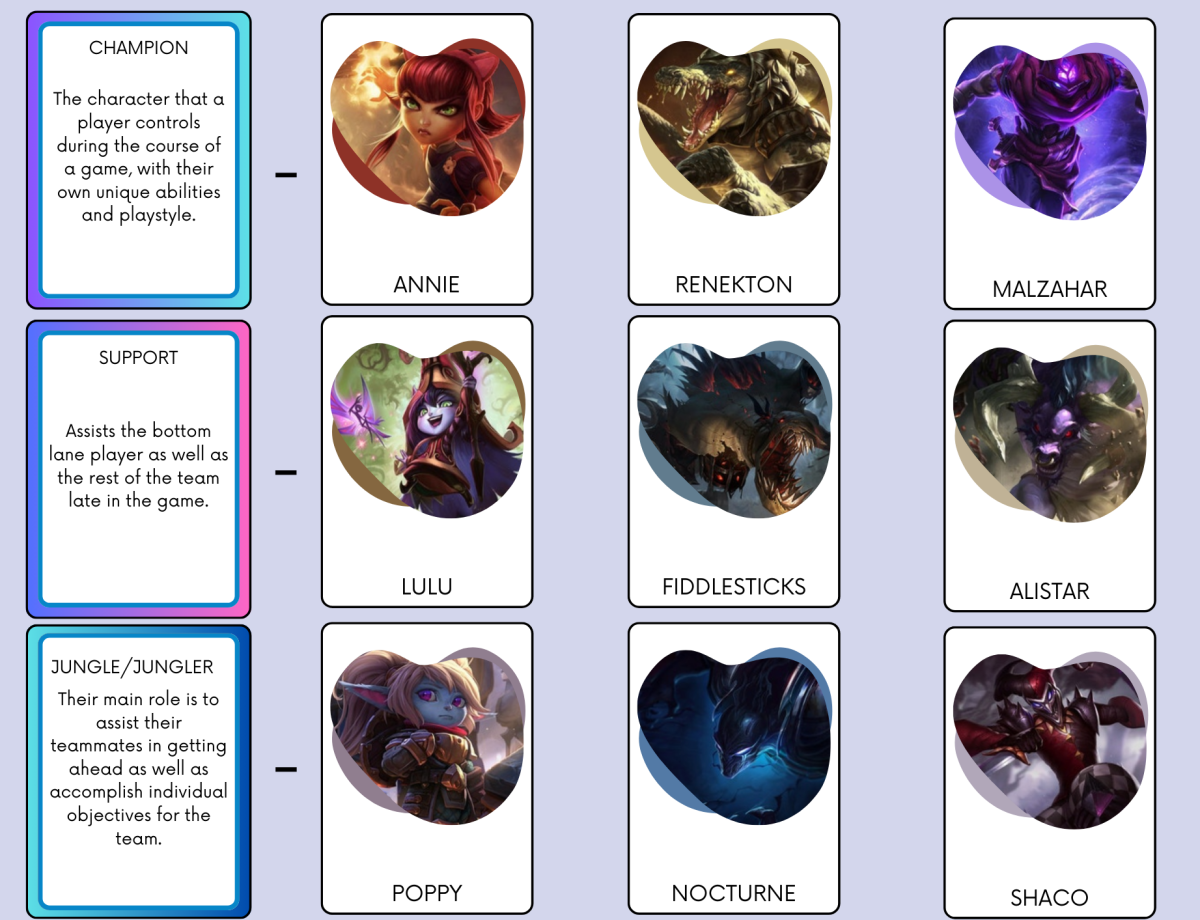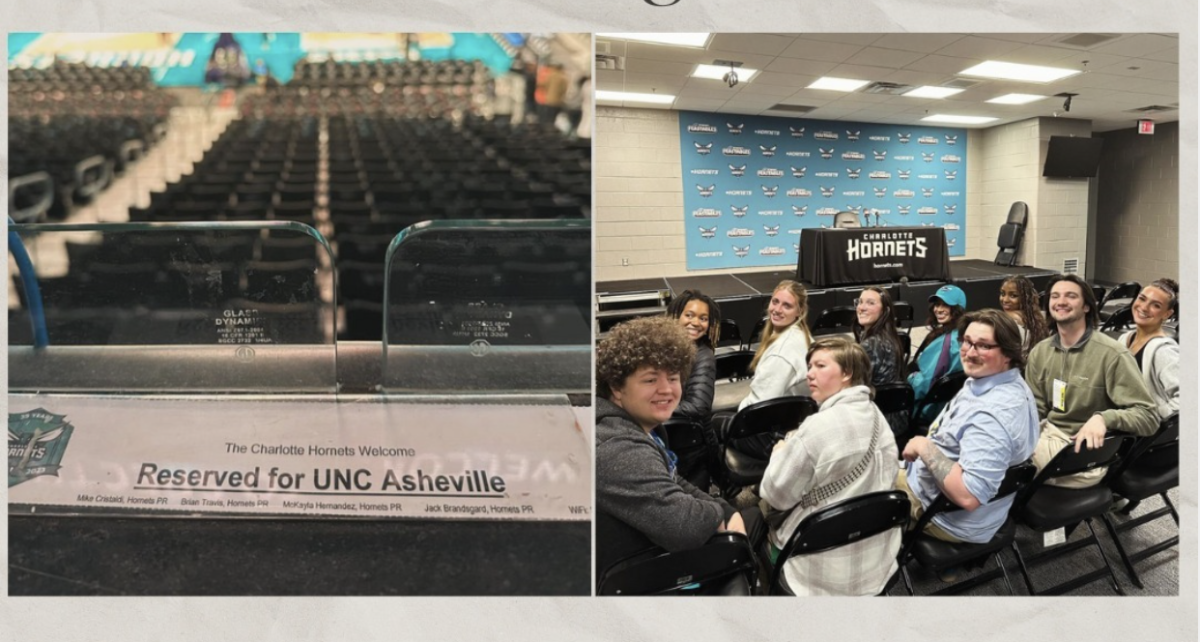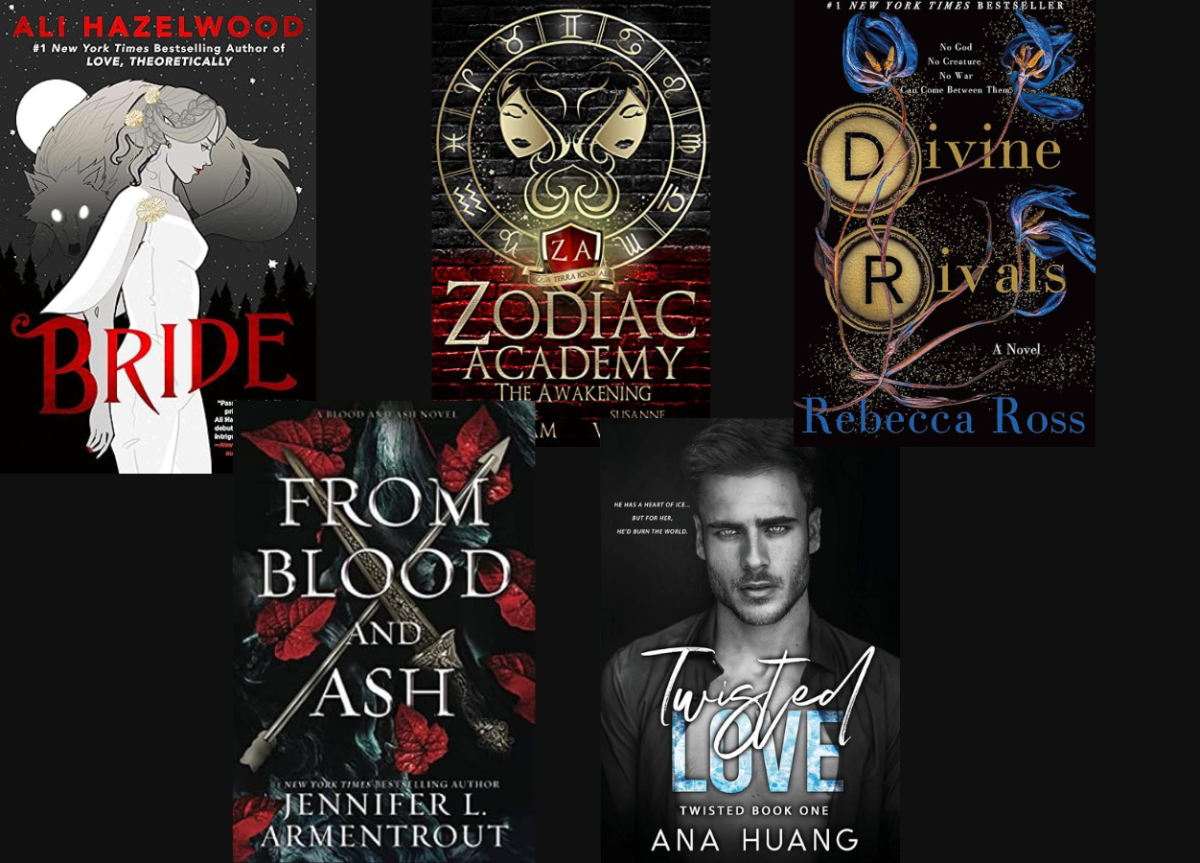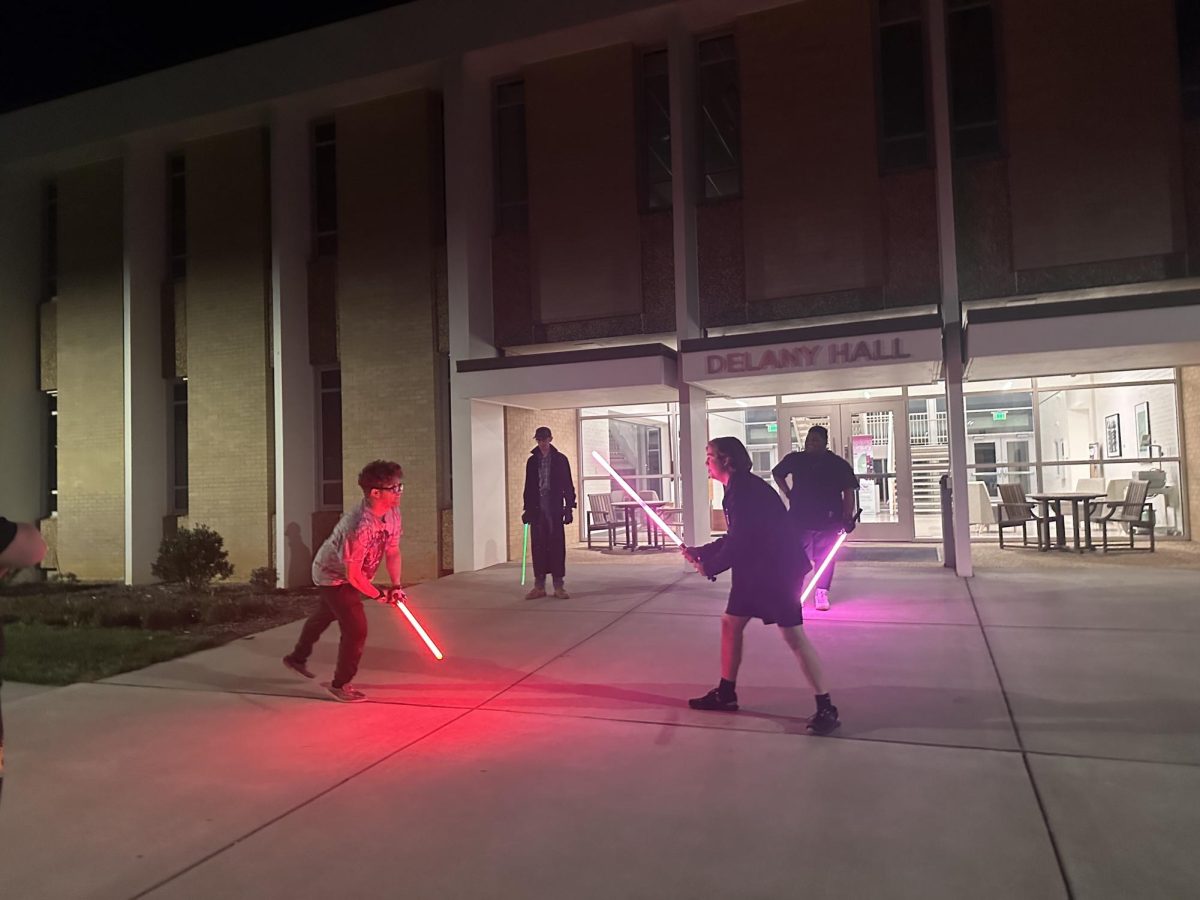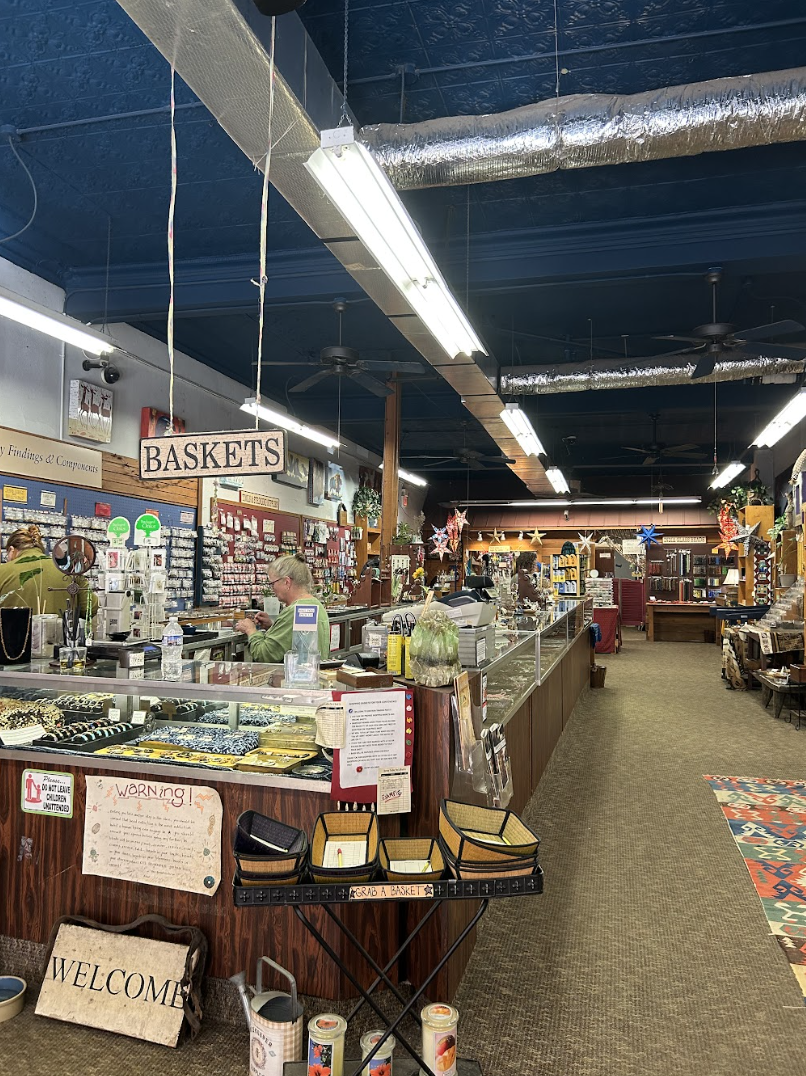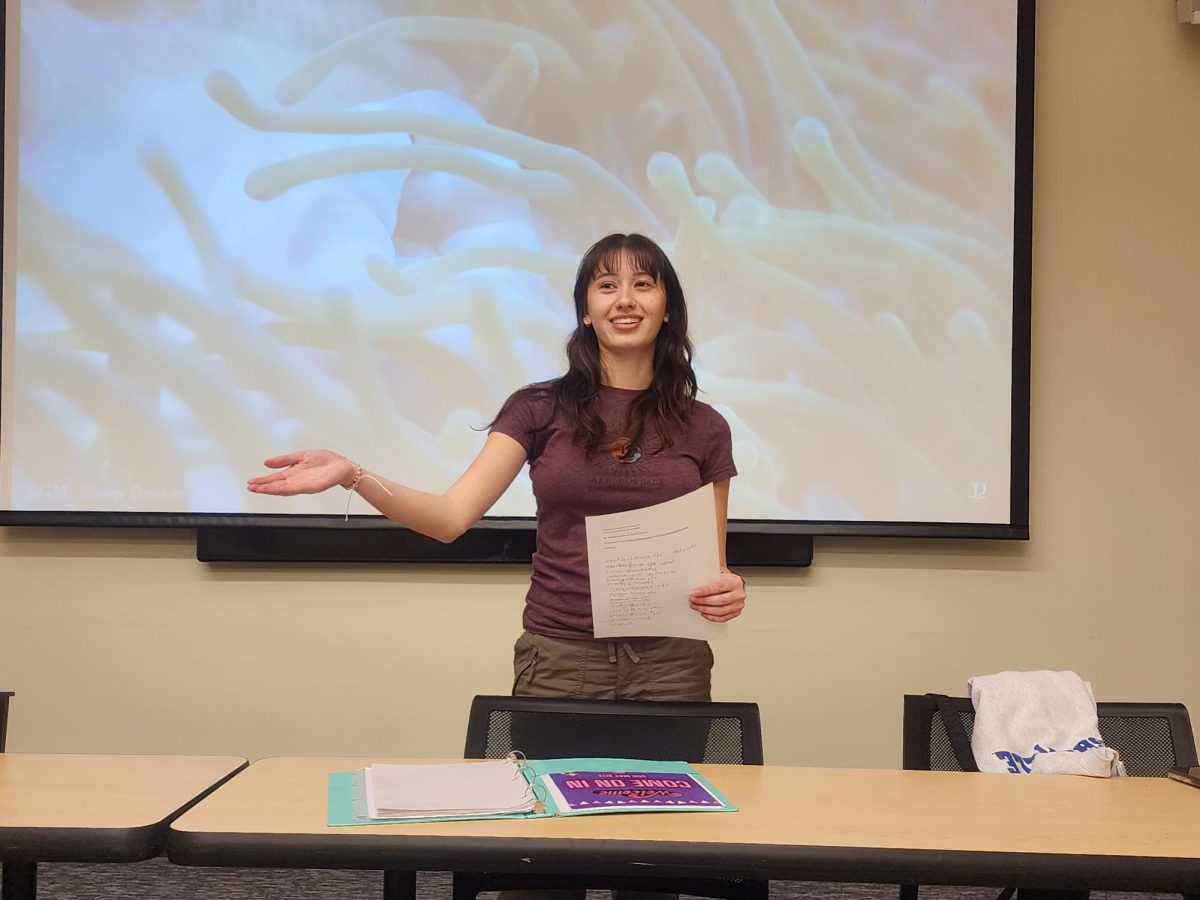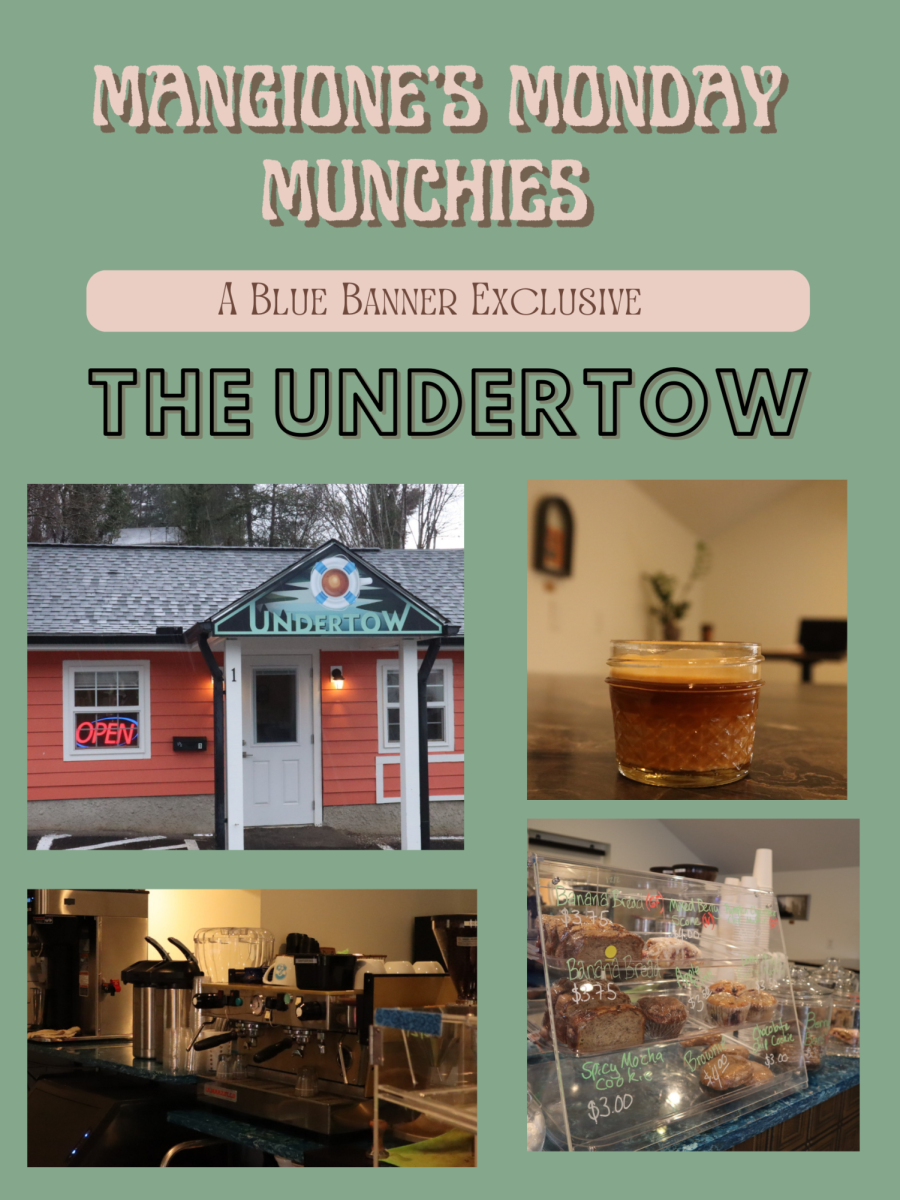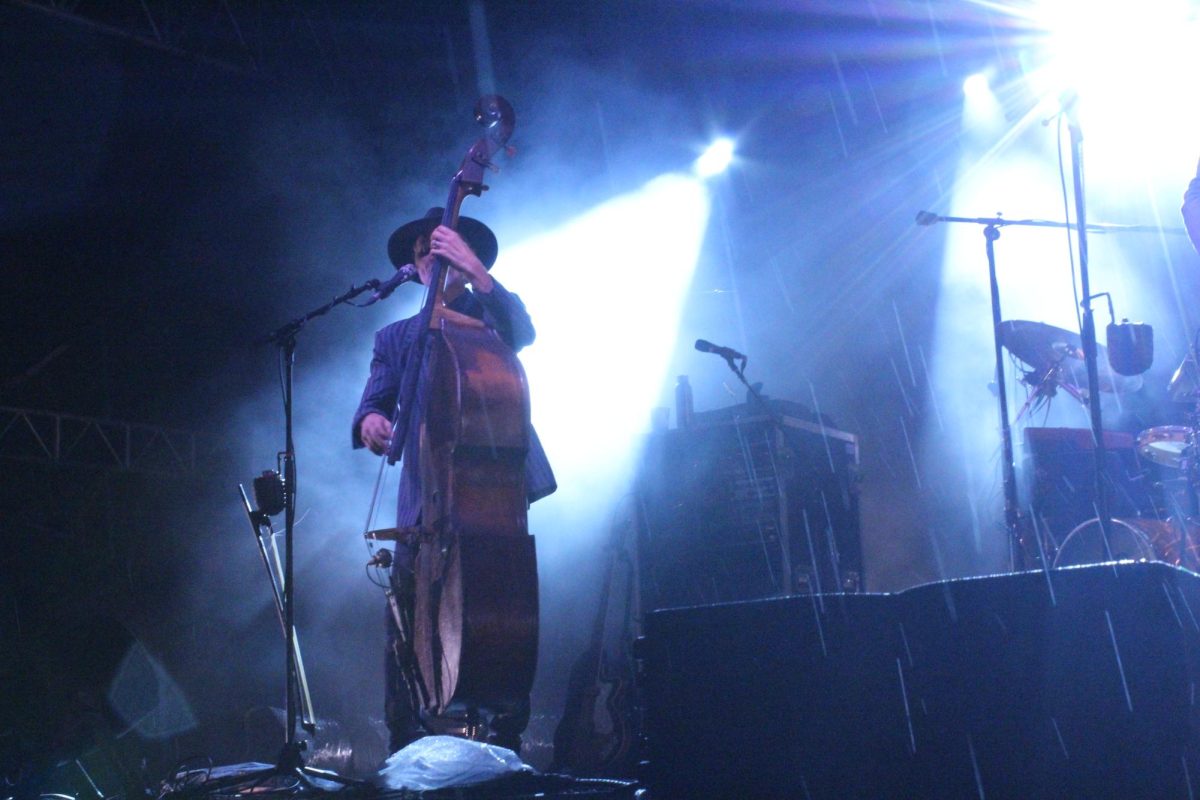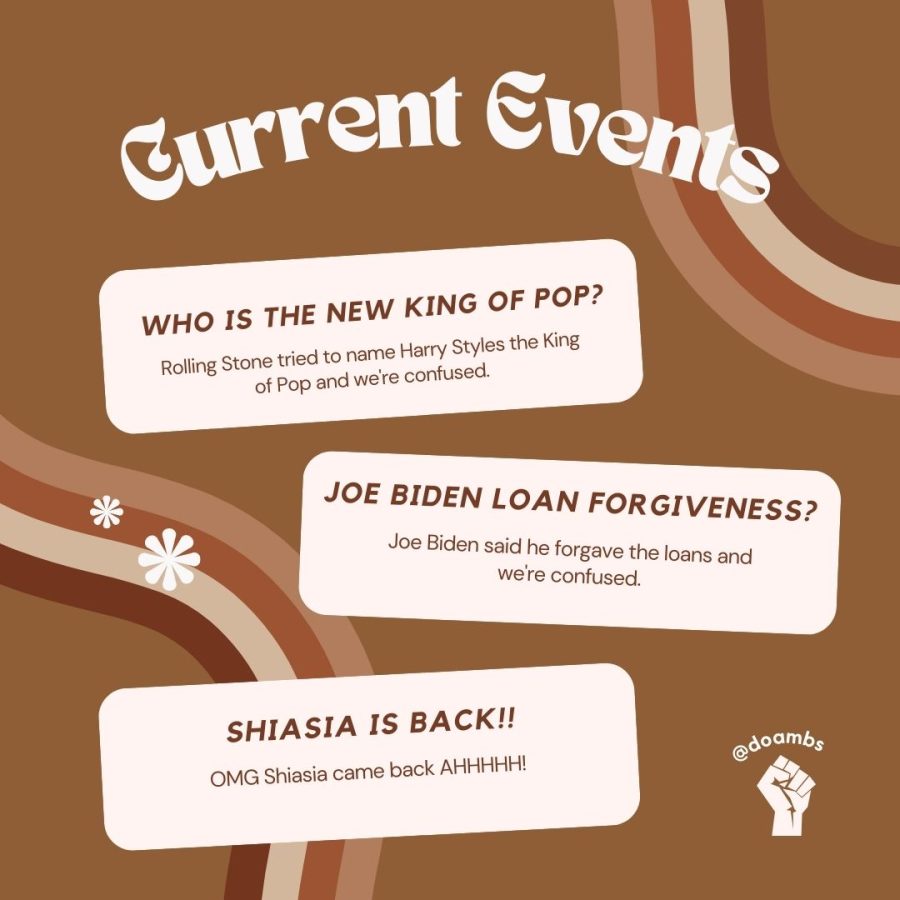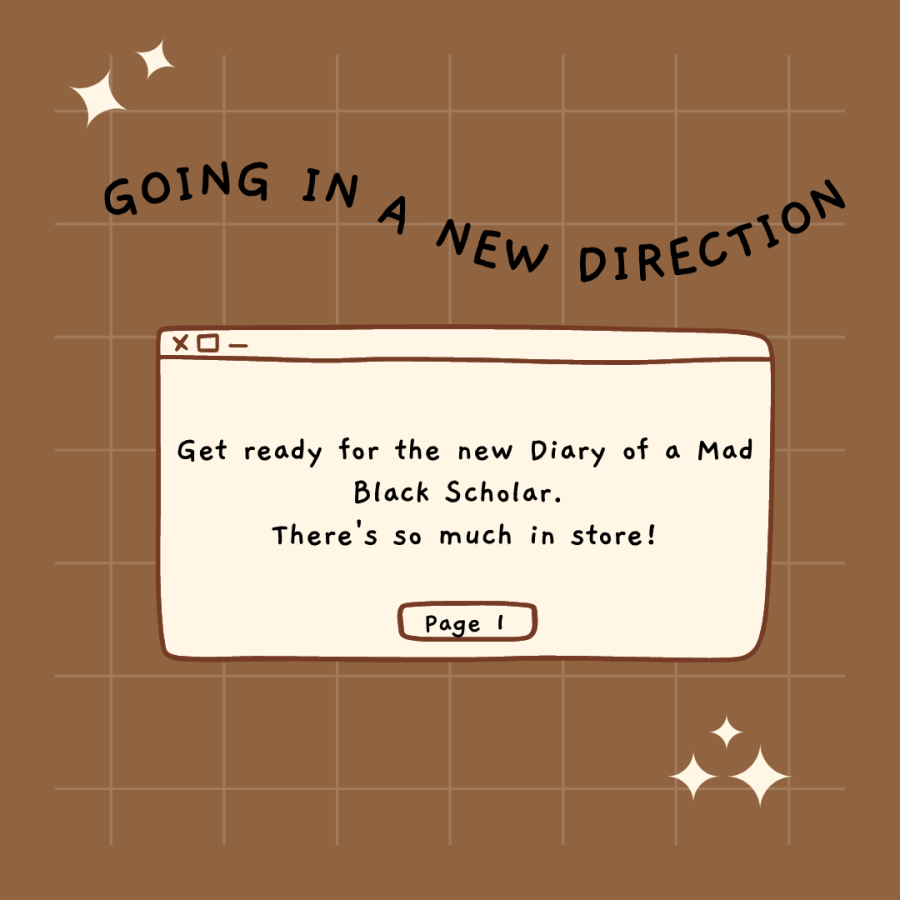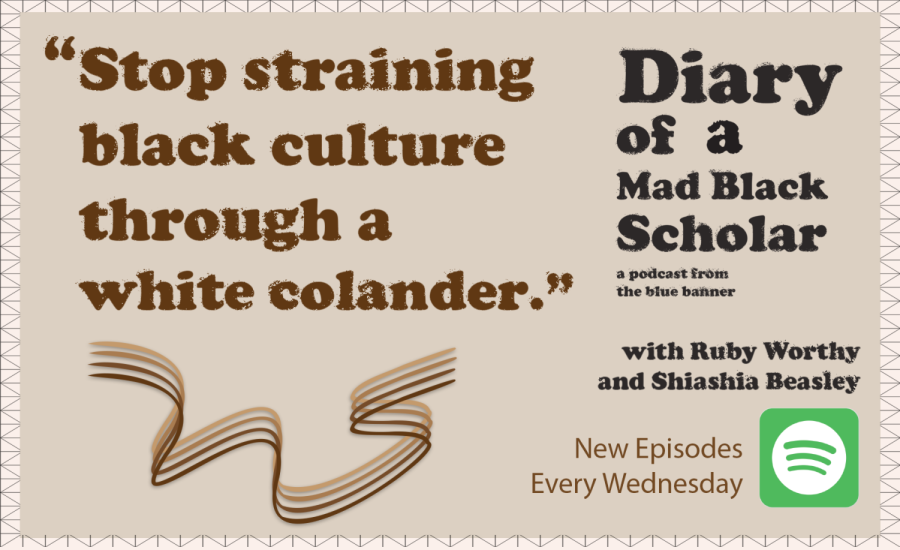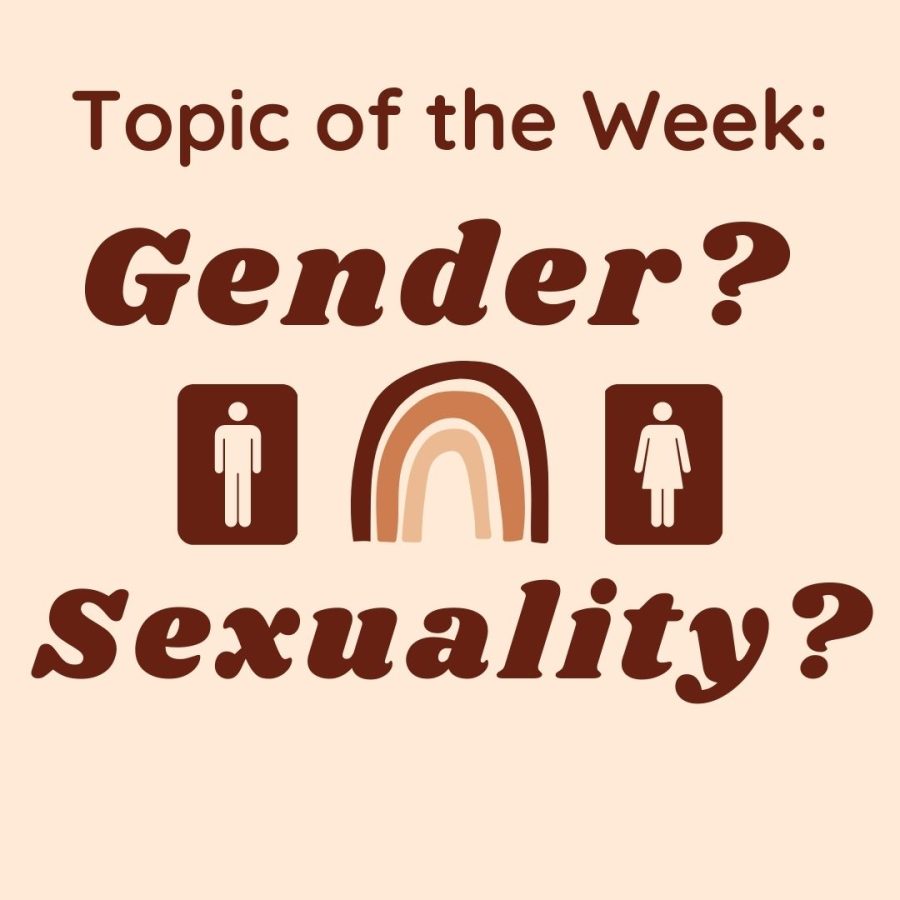By Randal Walton – [email protected] — Contributor
Gabriel Peltier opened his laptop to reveal a short video. When he pressed play, three men appeared on the screen: one white, one black and one American Indian. They stared up at the Lincoln Memorial, each with different expressions. A voiceover attempted to sound like Abraham Lincoln, revealing each man’s thoughts.
The white man thought of the Gettysburg Address: “Four score and seven years ago our fathers brought forth on this continent, a new nation, conceived in Liberty, and dedicated to the proposition that all men are created equal.”
The black man thought of Lincoln speaking against slavery: “I think slavery is wrong, morally, and politically. I desire that it should be no further spread in these United States, and I should not object if it should gradually terminate in the whole Union.”
However, when the thoughts shifted to the American Indian man, Lincoln didn’t have anything to say. After a brief hesitation, Lincoln said, “Indians? Uh, let the bastards hang!”
The American Indian man shook his head and said, “Lincoln was a douche.”
Peltier, a resident of the Wikwemikong Unceded Reserve, closed his laptop and sighed.
“More of our native people are more educated on Lincoln. And I think it’s telling that Abraham Lincoln holds the largest mass hanging. African-American people are like, ‘Well, there was a lot of lynching back in our day.’ Well, the largest lynching was on Indian people. And it was in Mankato, Minnesota,” he said. “And they’re honoring and revering and they’re giving a major presentation on Abraham Lincoln, it’s like a slap in the face. It just feels weird.”
Trey Adcock, a visiting assistant professor of education and director of American Indian Outreach, said people remain ignorant on the history of American Indians.
“Most of the information about American Indians – if you’re not American Indian yourself – comes from movies and school,” the member of Cherokee Nation said. “School does a very, very poor job of teaching students authentically, realistically, meaningfully about American Indian people, communities, issues.”
American Indian students constitute 0.4 percent of total enrollment this semester, according to university statistics. For a comparison, Asheville-Buncombe Technical Community College had twice the population of UNC Asheville but four times as many American Indian students in 2012, according to university statistics.
Alex Samson, a member of the Lumbee tribe, said she noticed the lack of American Indians on campus.
“It’s basically absent. It feels like it’s not really a presence,” the anthropology student said. “I know that we’re not – it seems like in our country – a highly represented group. So, it’s kind of hard to imagine that we would come to university and we would have a strong presence.”
In order to increase that presence, students restarted the Native American Student Association after years of defunctness, according to Devyn Smith. As the president and a member of the Eastern Band of Cherokee, Smith said the group aim to first make their presence known to the campus and the community.
“Firstly, to get out into the community and say, ‘We’re still here. We’re still a presence at UNCA. We’re here.’ Just to get that sense of recognition back because I feel for those years that it wasn’t there,” he said. “There weren’t students there to have it. And they may have been students here, but they didn’t feel comfortable to start the organization back up again.”
According to Smith, the student group remains a place where he feels connected to other people of his ethnicity.
“I care strongly for Native American history. I can feel the sense of community being with other Native Americans. And that’s something, especially here, that’s really hard to find,” the 19-year-old said. “And when all the members of the Native American student organization get together as a community and look at issues that are especially troubling to Native Americans, that’s great.”
Those issues include trying to find a way to correct existing stereotypes, Samson said.
“We want people to understand the realities of being Native American, whether it’s on a reservation or not and maybe dispel some of the stereotypes,” the Cary native said. “I get tired of being compared to Pocahontas. I get tired of hearing, ‘Oh, you’re still around?’ or ‘My grandmother was an Indian princess.’ I would hope that awareness would help people understand the plight of indigenous people – really, anywhere – but especially in N.C.”
However, problems arose when trying to start the organization, Smith said.
“I just feel that it could flow more freely than it has. Starting it up was really a hassle when I feel it shouldn’t have been,” the political science major said. “Some people having to go through certain process with certain people; I feel like it has to do with a lot of things. The whole process, getting started, having to deal with certain people in certain positions is difficult.”
According to Peltier, minorities have to fight with each other for attention and funds.
“You have power dynamics here between the people of color. The African-American population dominates this campus, in terms of people of color. What happens is we end up fighting each other,” he said. “And we’re not going to have the capacity to fight that. So, you’re going to have to fight individually if you want something and you’re have to tell them. But, what they do here is they focus on African-American people.”
Despite the power dynamic, Adcock said restarting NASA can only lead to a larger presence of American Indian students.
“Now, we’re starting to get the student group running, so there needs to be a community on campus,” the Orlando, Fla., native said. “I think, definitely, the fact that they don’t see themselves represented on campus is an issue. I think we need a place – besides just a multicultural center – that is specifically our own space.”
According to Adcock, UNC Chapel Hill created a space where American Indian students feel more comfortable and UNC Asheville could create a similar place.
“When I was a grad student, there were a lot of programs on campus and with the communities that took place through the American Indian Center. It’s also a safe place for students to come; there’s a library there, there’s artwork,” he said. “You go there and it’s like, ‘OK, this is familiar to me.’ We have nothing like that. We’ve got a lot of work to do.”
Smith said a center for the American Indian community would benefit the university, but it would take a lot funds.
“That’s very ambitious. They would have to have a lot of their budget dedicated toward that. But, certainly something of that nature, a place where they can feel welcome,” the freshman said. “That’s why I wanted to start up the Native American Student Association. It was that group where you can feel welcome and you’re with other native people – the people who understand natives, not people who think they understand natives.”
American Indian professors understand natives best, according to Peltier.
“We’re getting to a point where Indian people are going to start pushing because it’s our right to tell our own stories. We want Indian people telling Indian stories. In the United Nations Declaration on the Rights of Indigenous People – which the U.S. participates in – it’s an international right that we have, and there are international laws that are beginning to be looked at,” the 42-year-old said. “No longer is it going to be, ‘Oh we can hire someone who is not Native American, yet who studied Native American studies.’ It has to be a native person because we’re protected to be able to tell our own stories. And, I think that’s a good thing. It’s important that the person is native.”
American Indian professors offer another angle for telling histories, Smith saids.
“They have their own unique perspective. Just like a Native American student would, a Native American professor would have a unique perspective, especially on historical aspects and teaching social studies,” he said. “I’m not saying that faculty members don’t tell the truth, it’s just that they have the unique perspective of being Native American.”
Adcock said he and Anne Jansen, assistant professor of literature and language, hope to start an American Indian studies program, which could bring in more native students.
“My goal is just to get a program, and embedded in that is a Cherokee language class. But I think it’s important,” he said. “We have American Indian students on campus and it’s important that they come to campus and feel like they’re a part of the campus community.”
Jansen said they would model the program after the existing Africana studies program and planning involves speaking to many professors on campus.
“What it would involve is talking to professors from different disciplines – education, history, anthropology, hopefully philosophy, religious studies, literature – and seeing what courses they offer, or what courses they would like to offer or are able to offer based on their area of expertise. Then going from there, seeing if we can put together a program,” the Buellton, Calif. native said.
The program could not encompass all tribes, but it could bring more awareness to the American Indian community, Adcock said.
“There is no one representation on campus that could satisfy the five hundred-and something federally recognized tribes. It’s a diverse and dynamic set of cultures. But we can do better by having some authentic representation on campus,” the 35-year-old said. “I’d love to get a program going, even if it was a minor. We have students on campus right now who major in whatever they’re going to major in. But I think they would really value also having a set of courses they could take where they could dive into their own identity or something that pertains to their communities.”
However, an American Indian studies program isn’t enough to help recruitment and retention of American Indian students, Adcock said. The university must connect with the community.
“We, historically, have not done a great job in reaching out to those communities and to those students,” he said. “When kids come to campus, they probably don’t see an authentic representation of themselves, there’s not enough minority faculty on campus, particularly American Indian faculty that can speak to them in ways that are familiar.”
Tiece Ruffin, assistant professor of education, said Adcock’s presence provides the university with a person to whom the American Indian community can relate.
“With Dr. Adcock’s hiring and coming to UNCA, there’s been new life. I don’t think we’ve dedicated the resources before,” she said. “He’s the director for American Indian Outreach, so he actually has reassigned time to go over to Cherokee and facilitate a connection with UNCA and the Cherokee people.”
Smith said he greatly appreciates Adcock’s support.
“I’ve felt welcomed here so far, but it was thanks to people like Dr. Adcock. His support really was a dominant factor of me coming to UNCA. Because it’s not just a professor or an adviser that’s coming to recruit you, it’s another Native American trying to recruit you,” he said. “I had advisers for all the other schools I applied to, but he showed that desire and want to try and have me here. He’s continued to support me since I got here.”
Samson said having a person like Adcock gives her a resource for dealing with certain difficulties.
“I feel like it’s helpful to have an adult that is American Indian that’s gone through a university setting, grad school and who’s a little bit more mature that I could go to them and ask about their experience in how to handle certain things,” the 24-year-old said. “In a way, I feel out of place. So, it’s nice having a faculty member that may have gone through that and hearing that ‘It’s fine, you’ll get over it’ or giving me some advice that would help me deal with, not necessarily being an outsider, but feeling like you’re different, no matter where you go.”
However, Samson said that the university should not focus on attracting members of one tribe.
“I think, because we’re so close to the Cherokee, we forget that other tribes exist in N.C.,” she said. “I know that some of them are farther away than others, but that would help – going to different ones and not just focusing on the Cherokees.”
Peltier said that in order to create more diversity, especially with American Indians, we must first share our stories and respect those of others.
“If there was a question that you could say about diversity, it would be that there are no real solutions to some of these problems; there’s just different ways of looking at them,” he said. “But to respect each other’s stories and to share them with each other because that’s power. Let’s share our power instead of fighting with each other for the power and the authority that they’re giving us. If I don’t respect your story and where you’re coming from, then it’s like me saying, ‘You don’t have power.’ Well, you do have power. You have the power to change me and make me a better human being, and that’s what we’ve lost sight of.”
Latest Stories
- What Do Blue Banner Staff Listen To?
- Asheville residents at odds over U.S. financial assistance to Ukraine
- The UNC Asheville Saber Club’s duels remain, moved to AC Reynolds Green
- UNCA League of Legends takes first in stunning finals match against HPU
- From passion to professional play: How a UNCA League of Legends MVP hit their stride
- Old UNCA sorority still has its footprints on campus
- Mass communication students visit Charlotte to watch Hornets game
- Blue Banner Connections #1
- Sex toys get luckier than traditionalist men
- A student's perspective on traveling and concerts
American Indian students struggle to command awareness on campus
April 14, 2014
Leave a Comment
More to Discover
